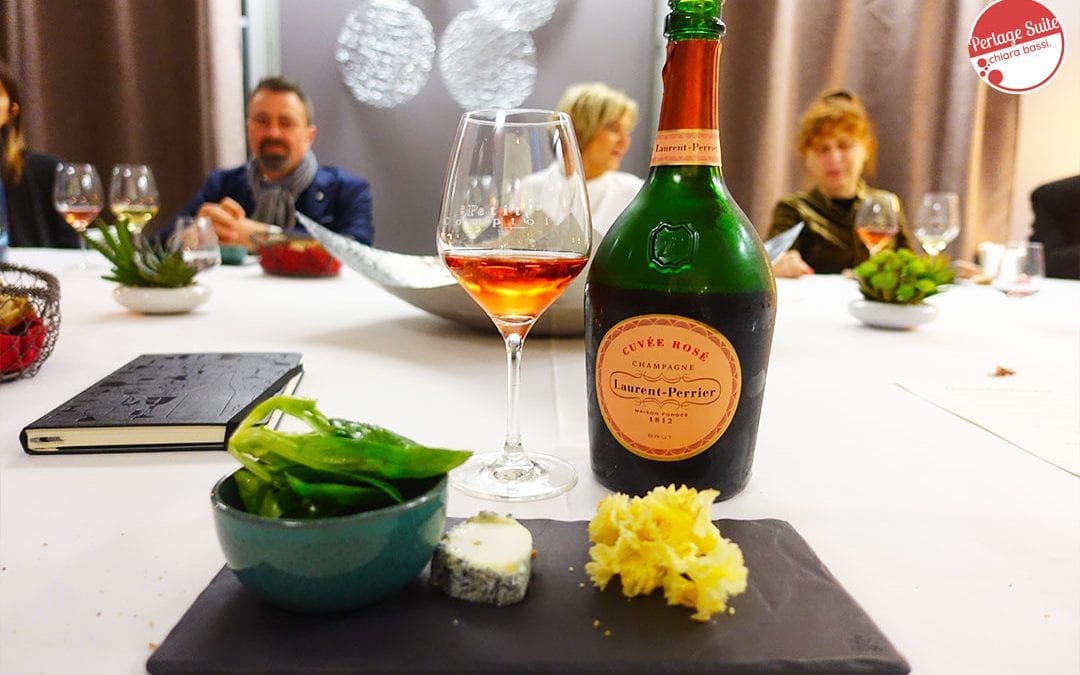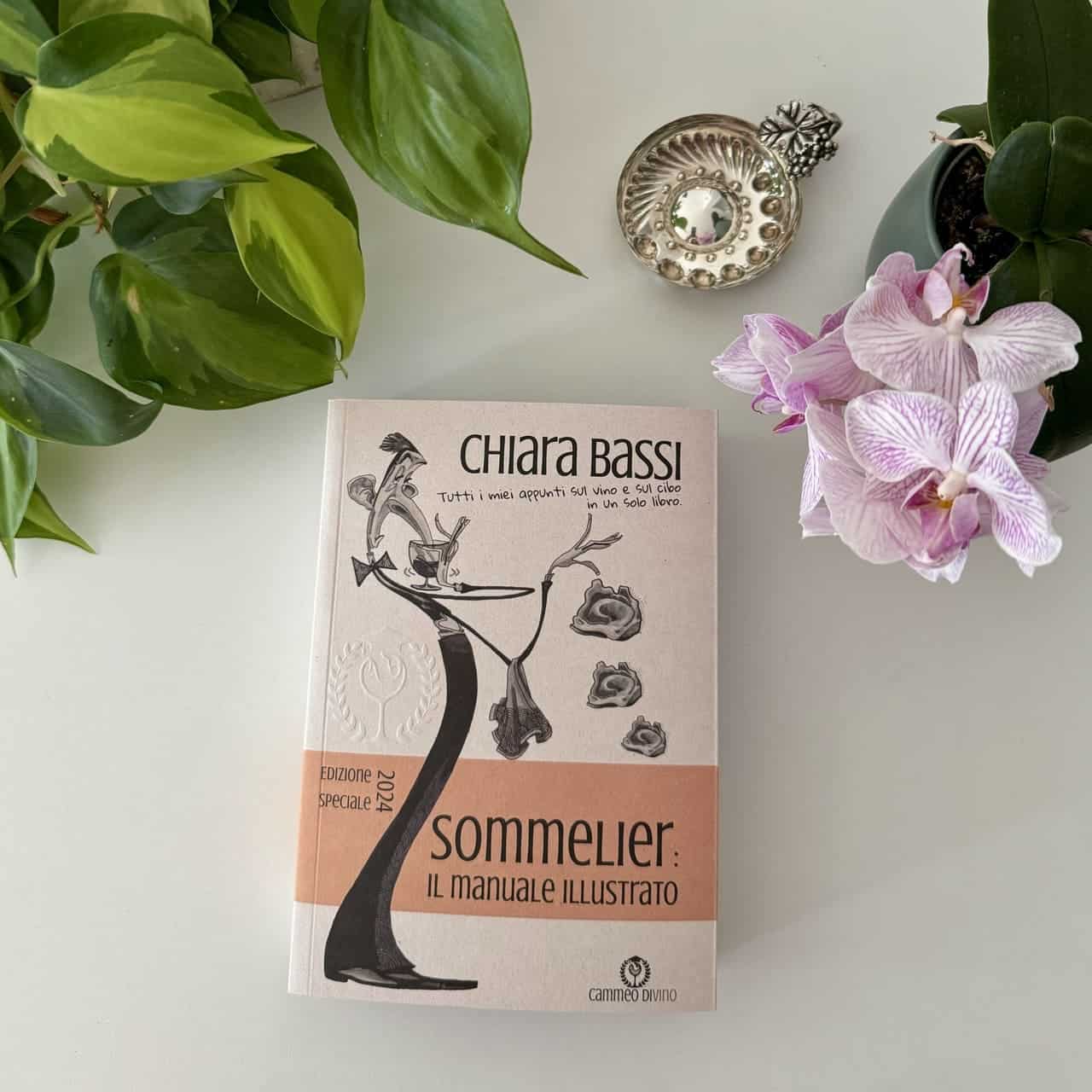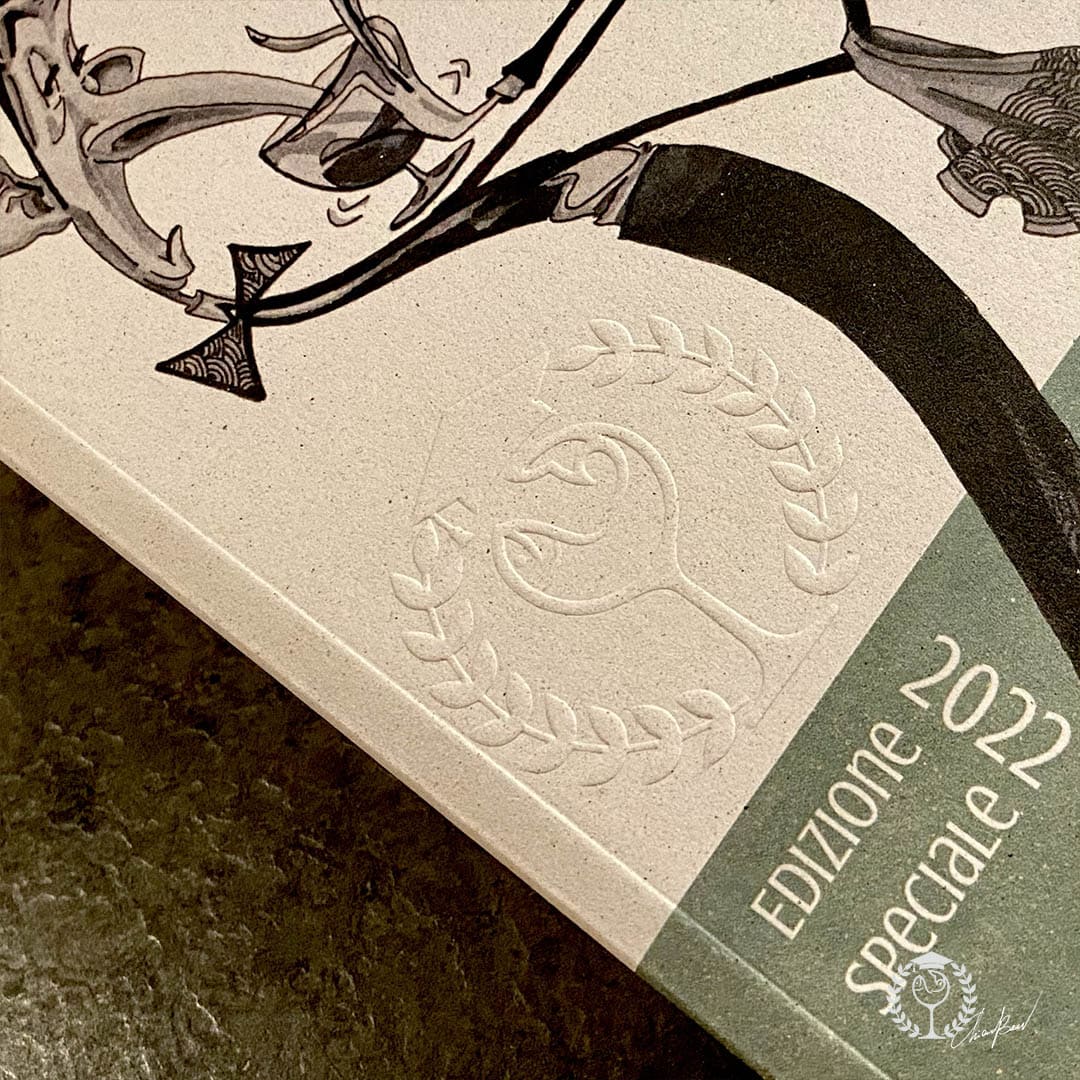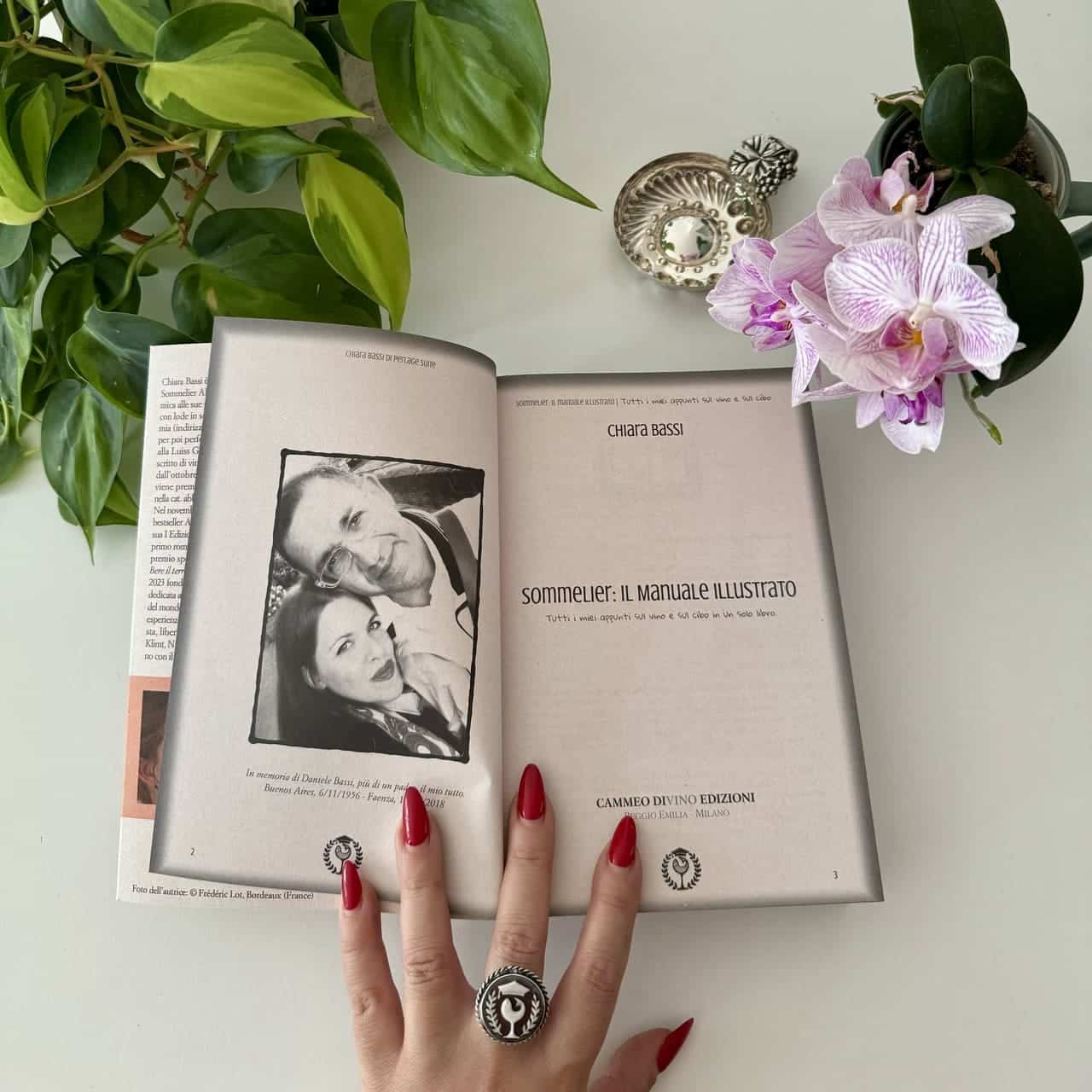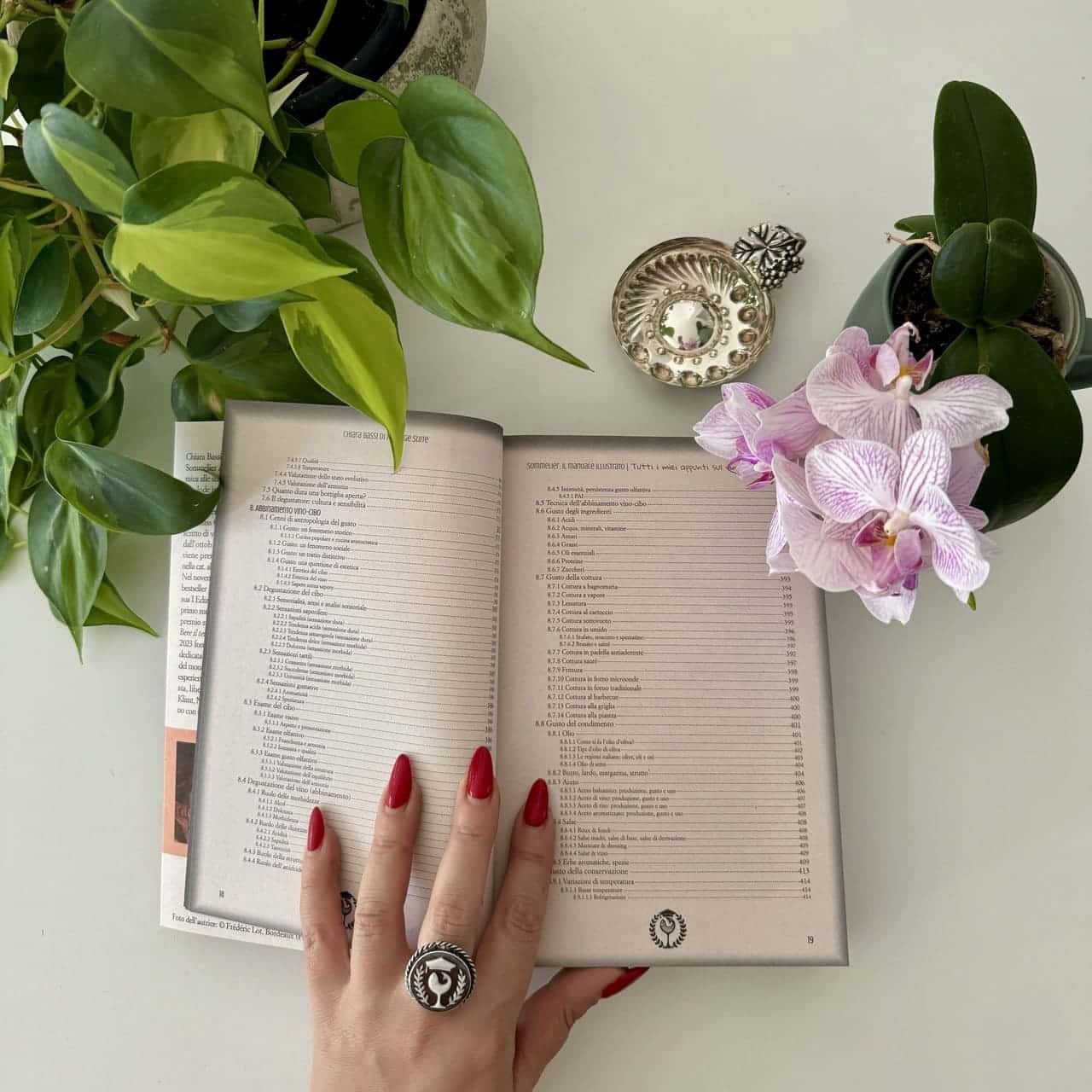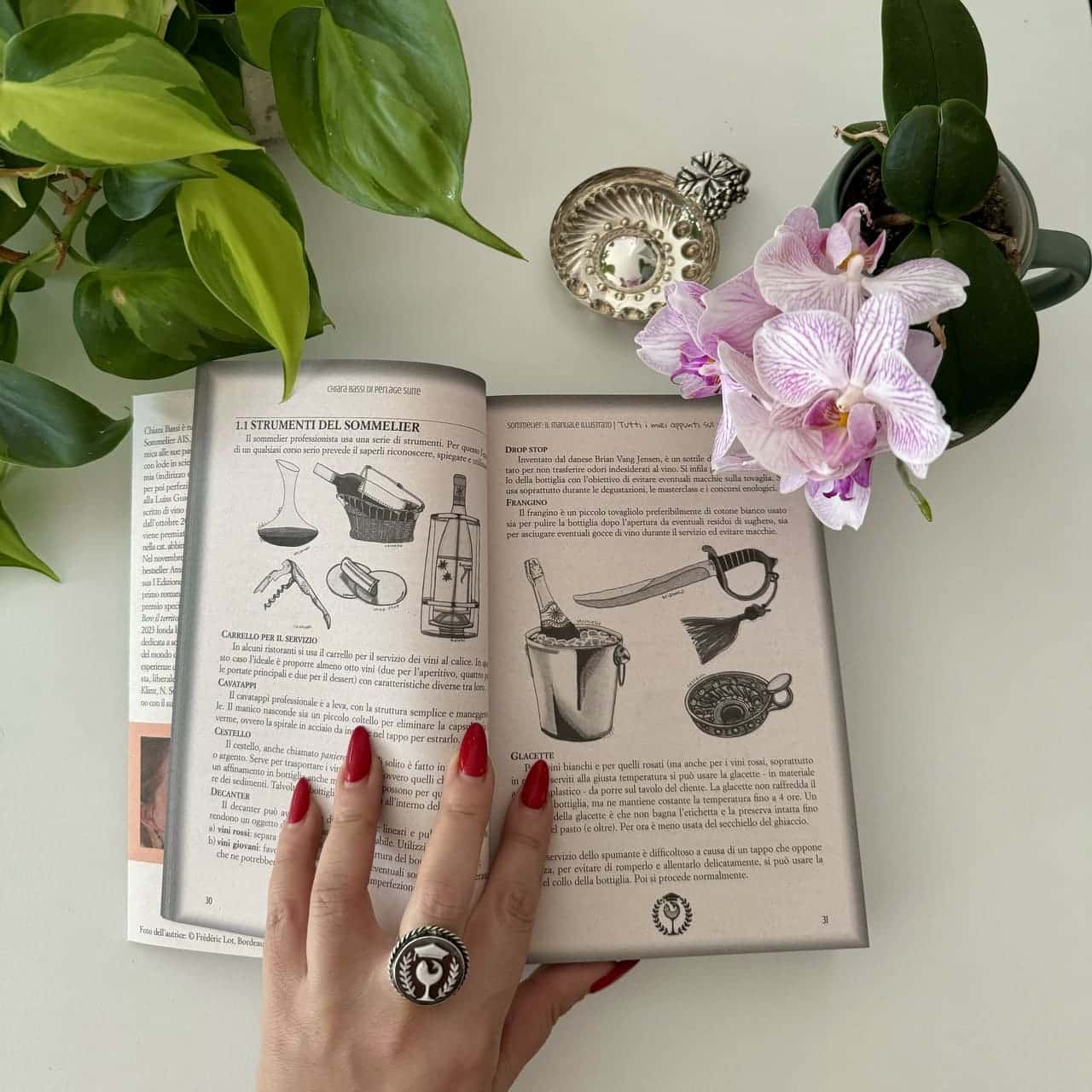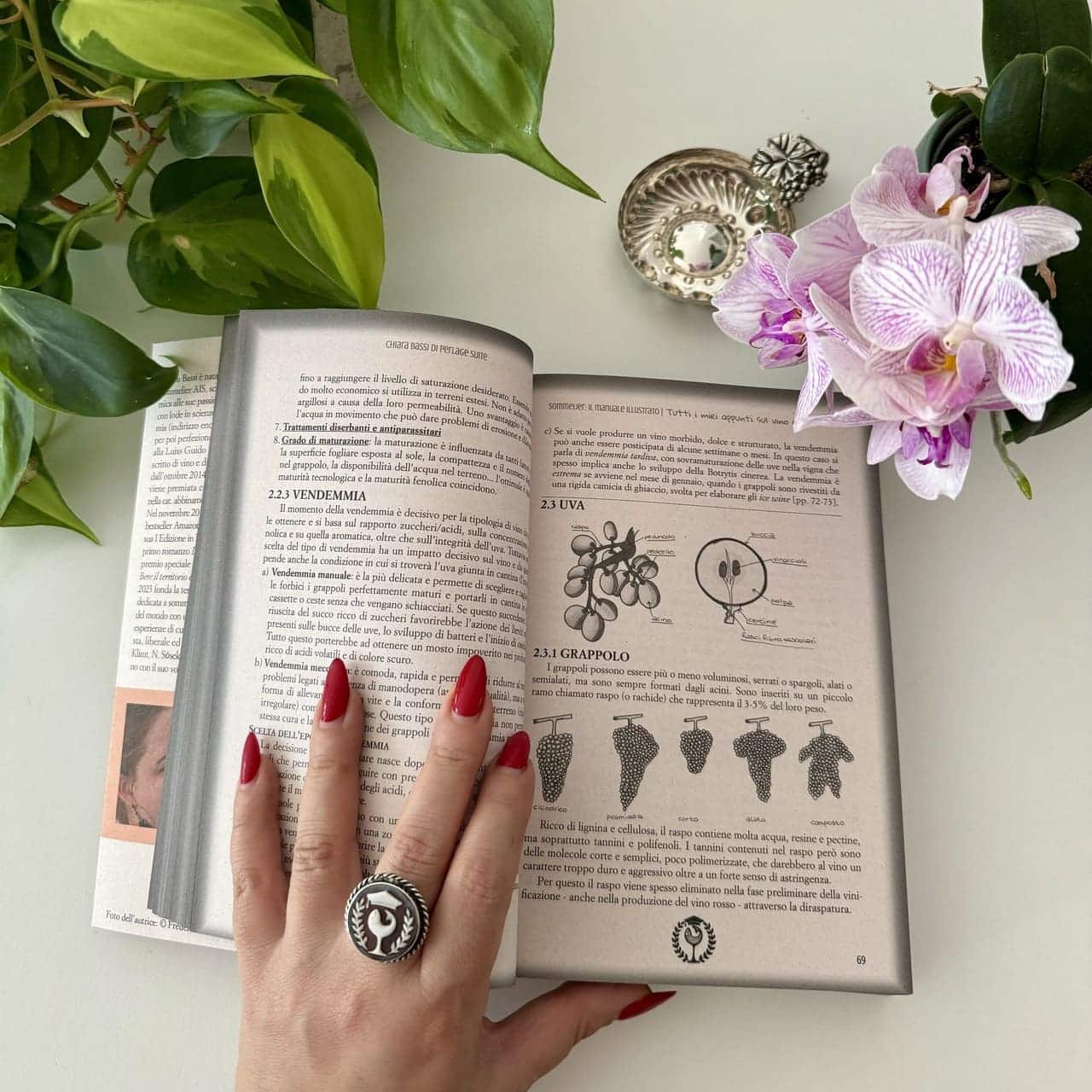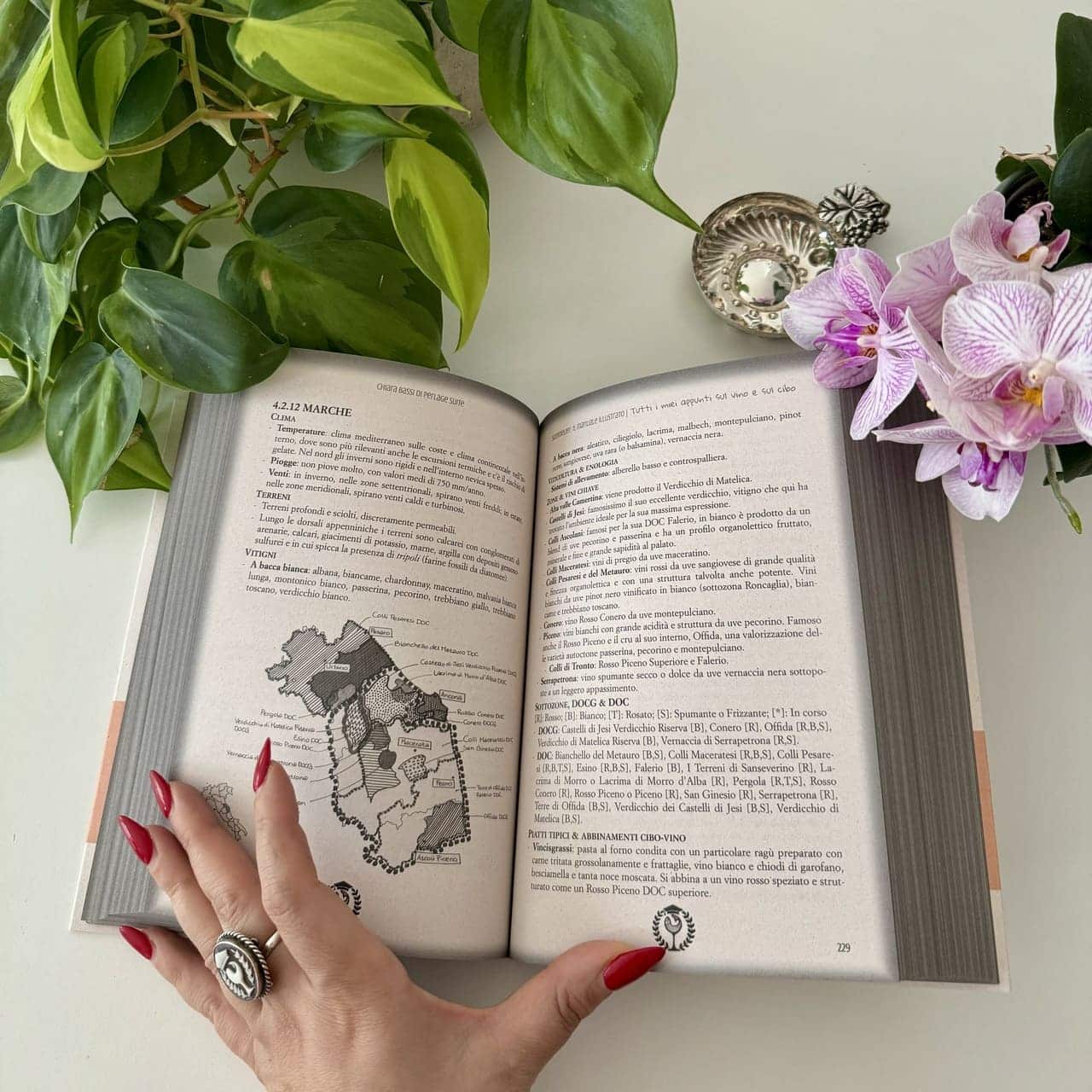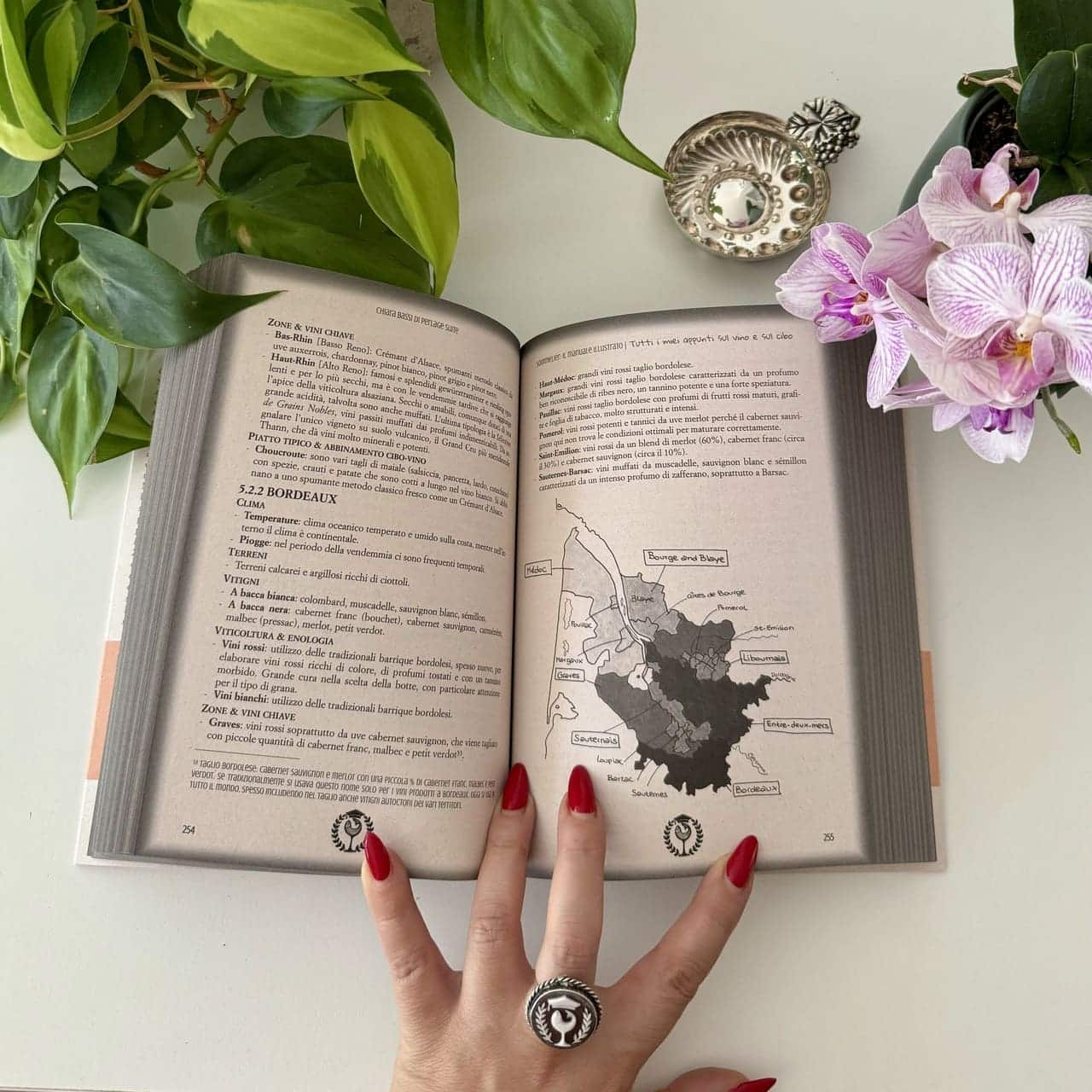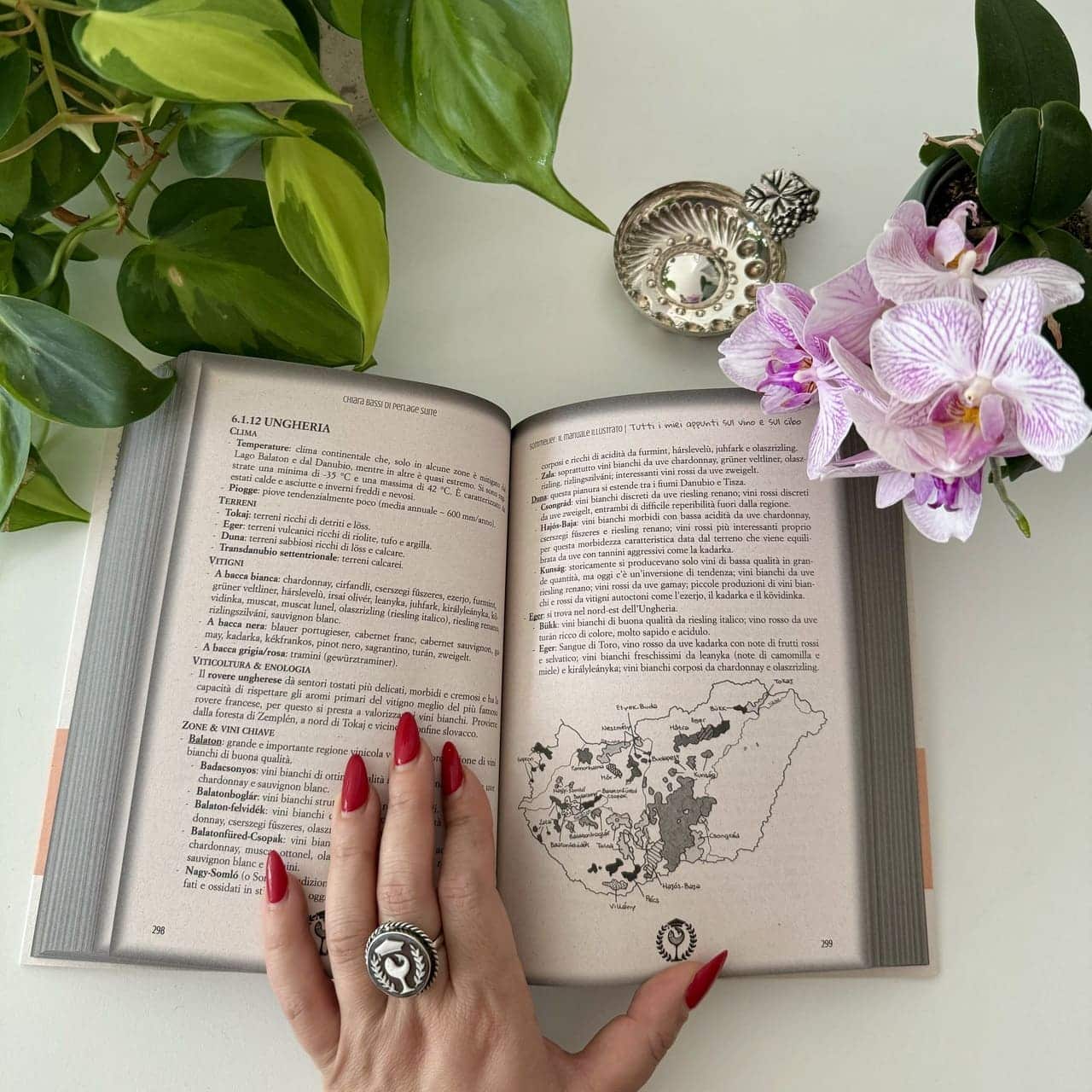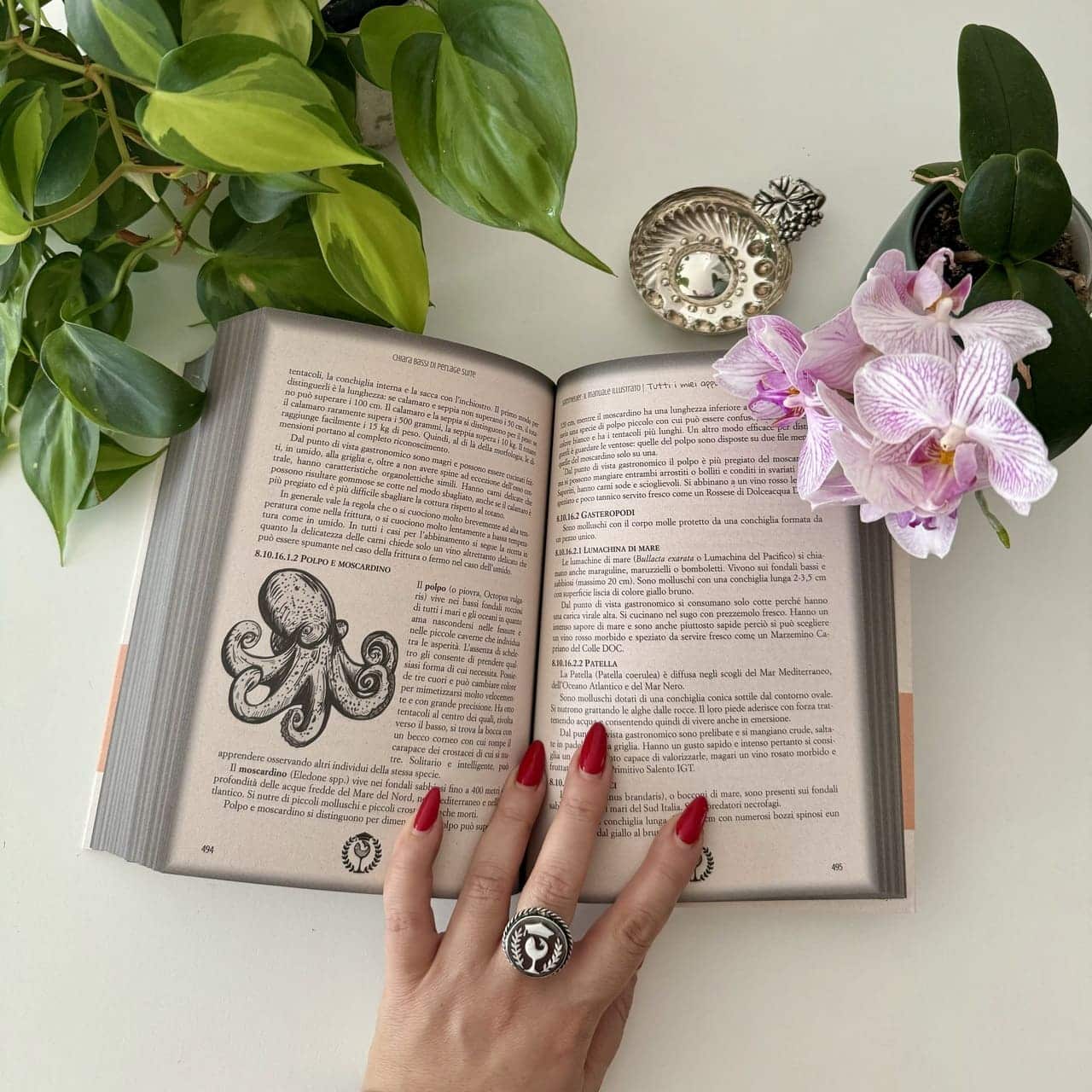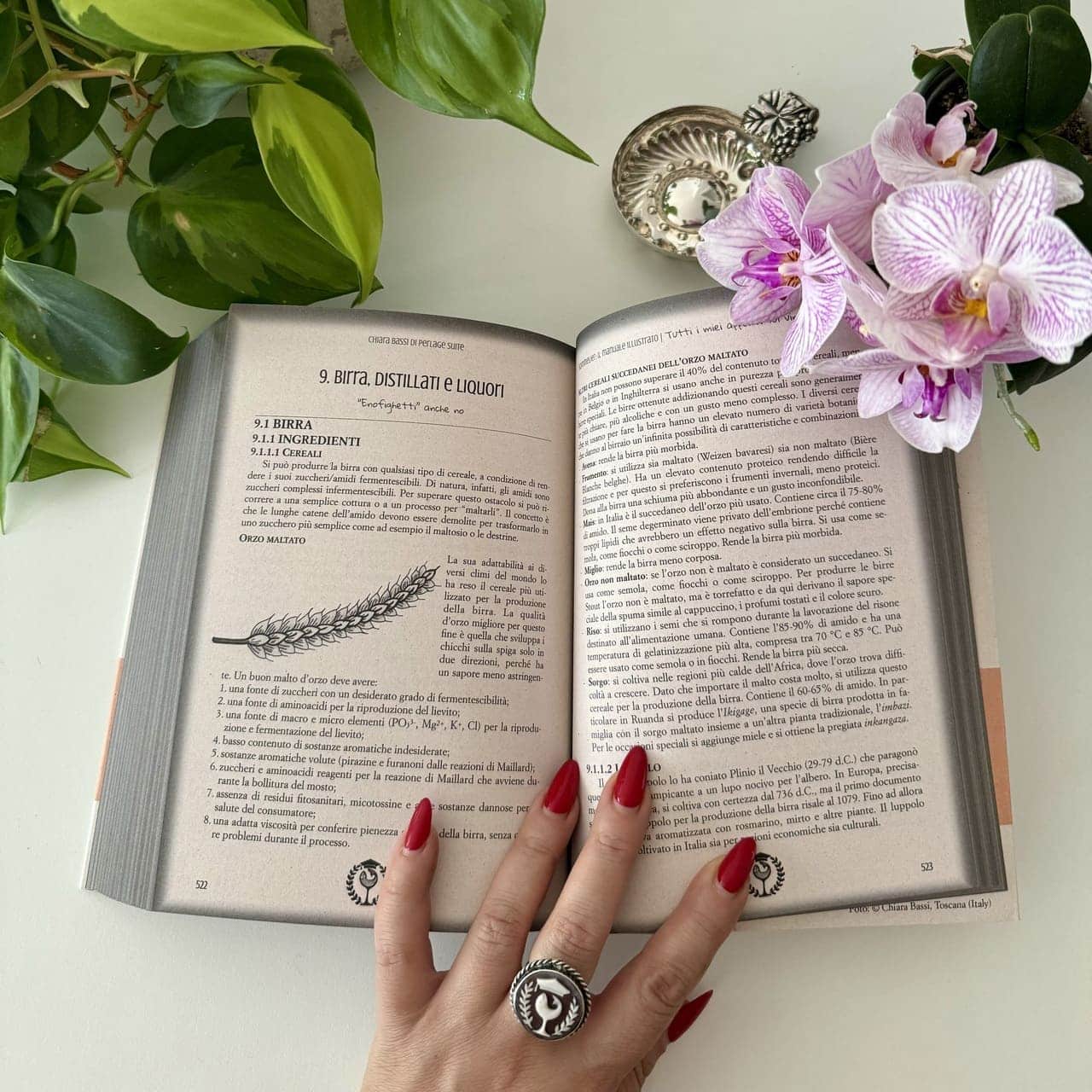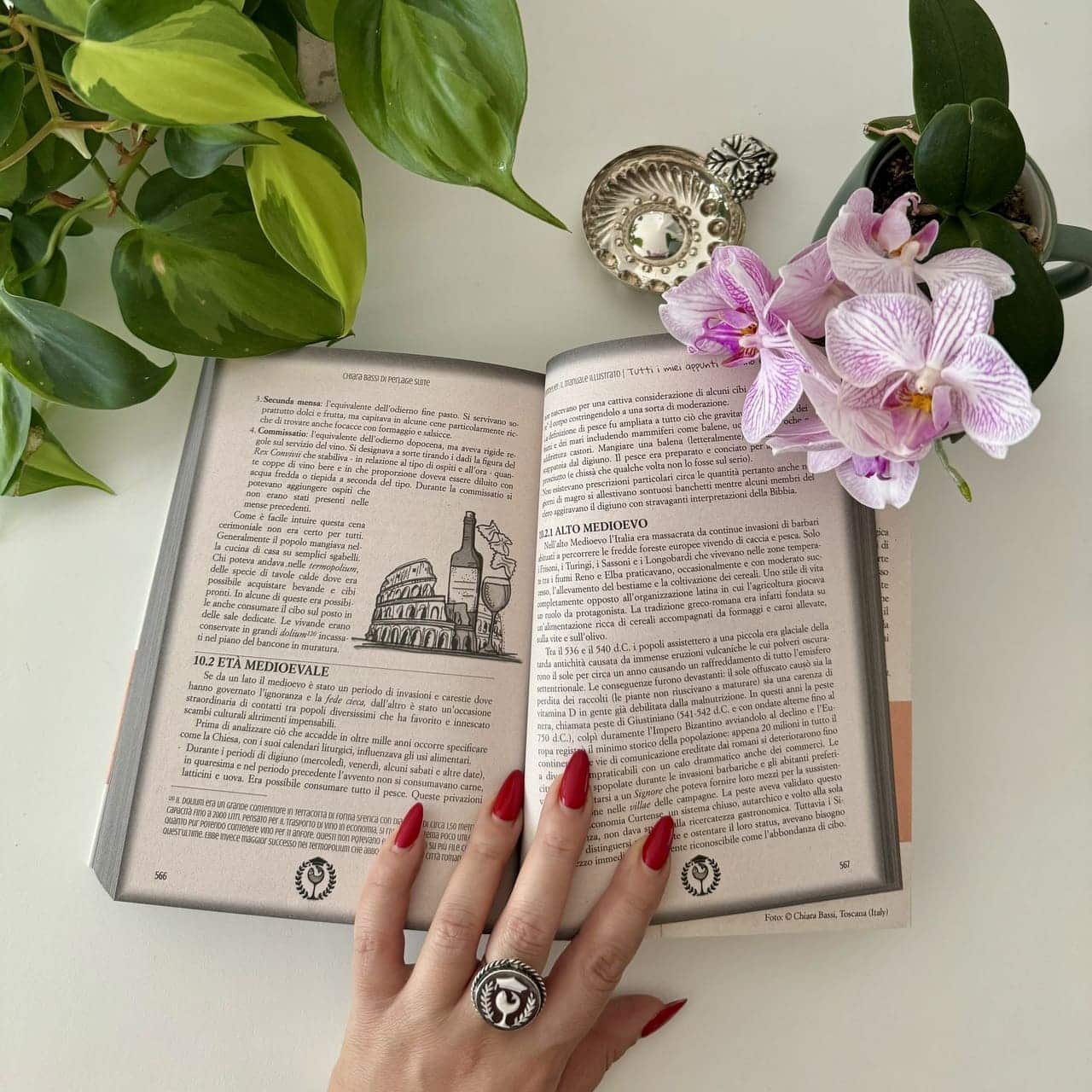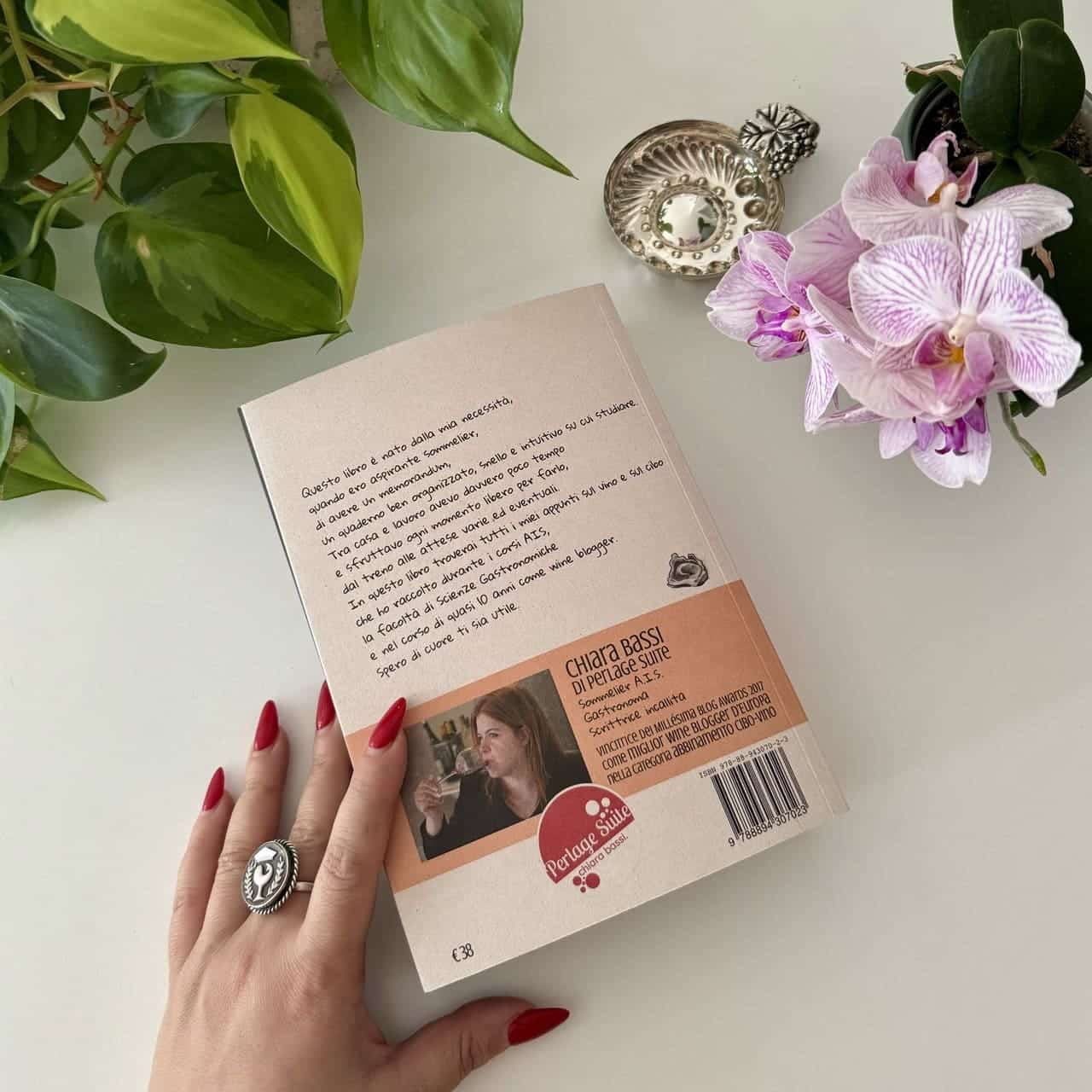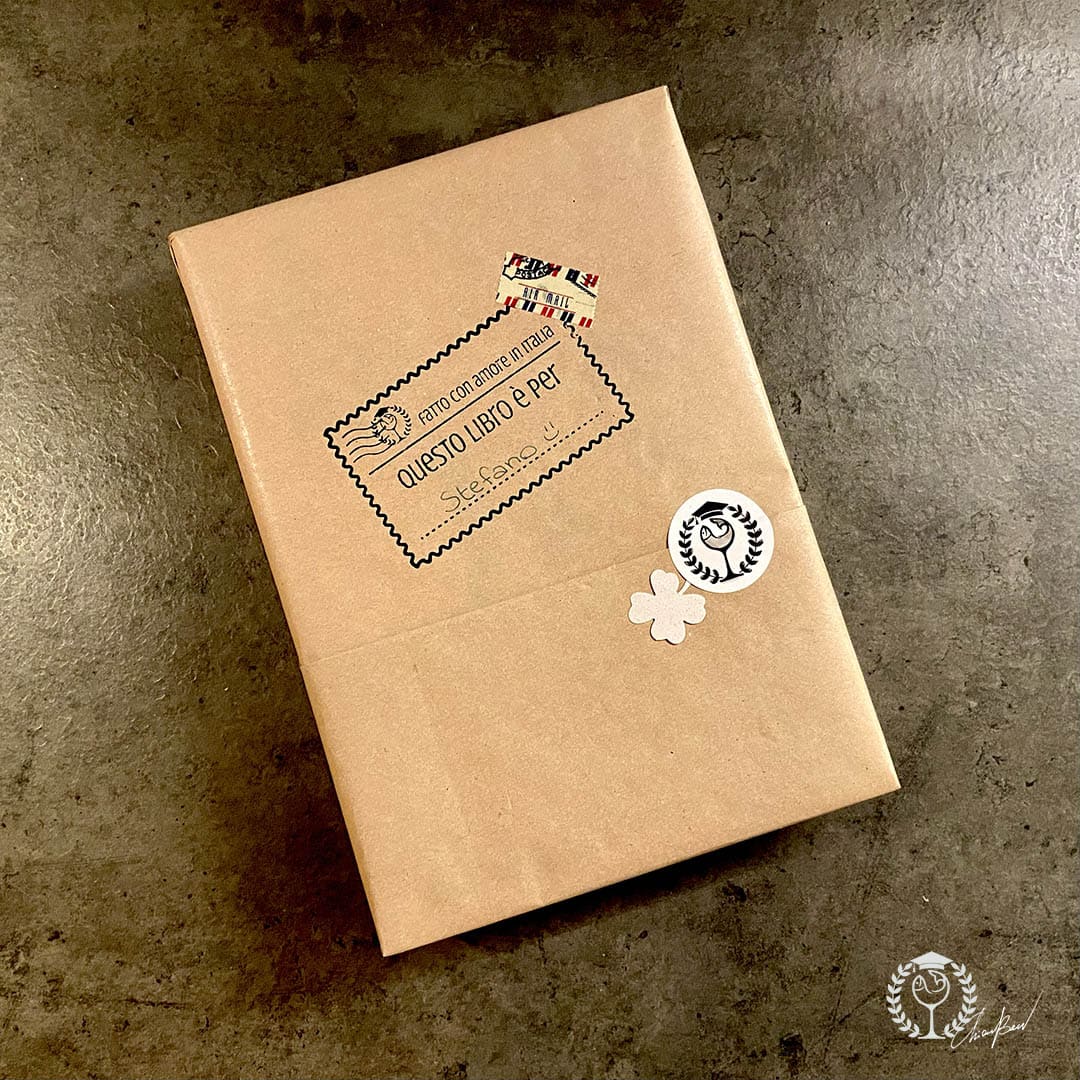As of this week, I have decided to 'tidy up' all the old notes on my wine blog dedicated to aspiring sommeliers to keep them up to date and I hope you enjoy it! Today I want to help you learning to read the MATCHING GRAPHICS CARD ©AIS and suggest the best techniques for food and wine pairing. At the bottom of the page you will also find numerous examples of food with optimal pairings to help you study for theAIS examination. This in-depth study, however, although designed for aspiring sommeliers preparing to take the AIS exam, is also useful for all wine enthusiasts who want to learn and official pairing techniques.
Let's start with a basic rule of thumb: food tasting should be approached in exactly the same way as wine tasting and should be done in a bright, quiet environment with no distracting smells or scents. It is also necessary not to ingest substances with a strong and persistent taste and above all not to smoke. Food and wine must be served at the right temperature and not be numerous, but above all be offered in a logical tasting sequence, without conditioning and in perfect health. Even the intake of many medicines, in fact, limits or alters our ability to distinguish and perceive flavours and one must absolutely take this into account.
But how are our senses involved in the analysis of food?
- Vista = Colours and geometries;
- Smell = Perfume;
- Taste = Flavours;
- Touch = Consistency, softness;
- Hearing = Noise, crispness.
Each of our senses must be properly stimulated to make us appreciate a food to the full, which is why top chefs seek this sensory completeness when creating a dish that plays on shapes, tastes, textures.
Matching graphics card: what are the soft feelings?
Before we talk about food and wine pairing, let us together define the Soft Sensations of food:
- GREASEis given by solid fats, i.e. those that give a solid perception between tongue and palate. Butter and lard give that doughy sensation in the mouth because they do not melt immediately. Chocolate also tends to be so because it almost always contains at least 30 % of cocoa butter which is responsible for that doughy note that chocolate, especially dark chocolate, leaves in the mouth after swallowing. But also meat, cheese, some cured meats....
- SWEET TENDENCYIt is inherent to an ingredient and is not to be confused with actual sweetness, given by the added sugars in a preparation. Sweet tendency is instead something that resembles sweetness but is closer to insipid. Typical of starches, carbohydrates, succulent meats, breads, cheeses, milk, potatoes, fruit, fish...
- SUCCULENCEis given by the presence of liquid in the mouth. It is defined as INTRINSIC when there is liquid directly in the preparation we put in our mouth (for example, a broth or a highly seasoned dish or oysters, boiled and braised meats), in short, when it is inherent to the food. It is defined INDUCED if it comes from substances that stimulate chewing which in turn generates salivation (Florentine steak, wild boar stew, bread, cheese...).
- UNTUOSITYis given by vegetable oil or liquefied animal fats (which, however, give both the sensation of unctuousness and the sensation of fatness at the same time). While fat is something solid, the greasy note is something liquid that makes the tongue veiled and numb. If there is no vegetable oil and no other liquid fat in a preparation, we cannot have this sensation!
Matching graphics card: what are the hard feelings?
We are not yet ready to talk about food and wine pairing! Before we get 'unstuck', let's define the Hard Sensations of food:
- SAPIDITYis the typical savoury character of salt, which can be added before or after cooking or during the maturing of cheeses and cured meats or the preparation of fish such as herring and cod. Peculiar is the Normandy presalée lamb, which grazes eating grass washed by brackish ocean currents and has a meat that is already savoury in itself.
- BITTER TENDENCYIt can be perceived at the bottom of the tongue and can be given by foods that have this INTRINSIC (i.e. their own) characteristic such as artichokes, radicchio, liver, truffles, smoked meats... or it derives from cooking food on the grill and embers, or from a strong presence of aromatic herbs.
- ACID TENDENCYYou perceive it if there is a significant presence of acidulous substances. Present in almost all dairy products or in preparations to which something acidic has been added such as vinegar, lemon or undercooked tomato sauce.
- SPEZIATURAYou perceive it by smell and it is determined by the addition of cooked spices or herbs. It is found in cured meats and some mature cheeses. This sensation is sometimes accompanied by spiciness.
- AROMATICITYYou perceive it by smell and it can be natural (fish, cheese, shellfish, mushrooms...) or it is something tasty and fragrant given by raw spices or herbs used in combination with each other.
Graphical matching sheet: how to fill it in?
Filling out the food and wine pairing chart is the practical translation of what you have perceived while tasting food and wine. You should not see the graphic food and wine pairing sheet as an insidious enemy, rather as an ally that helps you find the perfect match! As a taster, you can use it to interpret what you taste and you must put it at the service of your senses and experience. Therefore, to fill it out correctly, the first step you need to take is to learn to recognise the sensations you perceive in both wine and food, and then put a pencil cross in the square next to each term. Once you have done this you have done the most important part, namely you have understood what is sensory in what you are tasting! At this point you must proceed to assess the perceptibility range of each sensation identified in the specific wine and food value scales.
Graphical matching sheet: let's learn to recognise the graphic elements together.
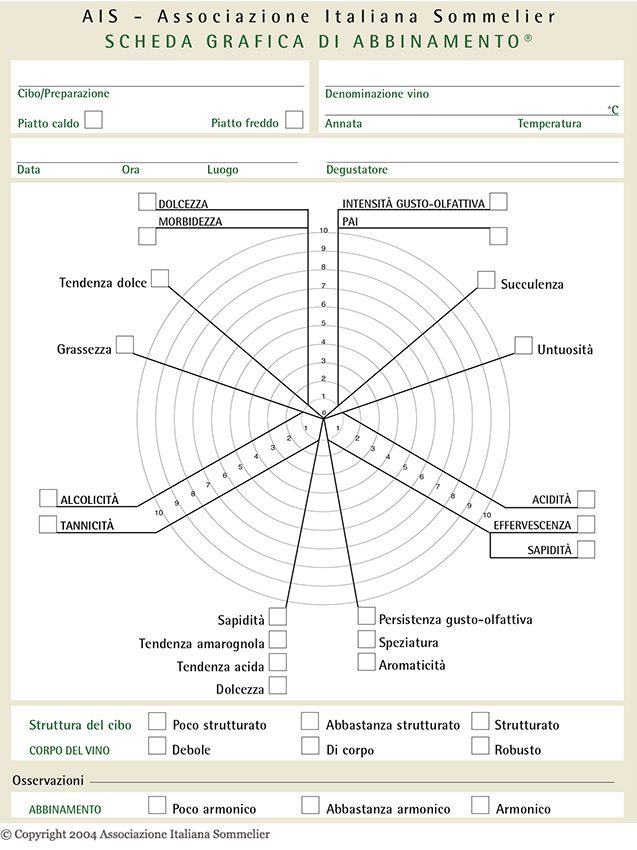
In the tab you can see:
- 10 concentric circles numbered from 0 to 10 from the centre outwards;
- 6 parallel tracks highlighting the organoleptic characteristics of the wine;
- 6 straight lines diverging from the centre to indicate food sensations;
- a box for defining the structure of the food and wine body;
- the final summary with the outcome of the pairing (pairing evaluation).
NB = One almost never defines the characteristics of wine with the maximum term (very intense, very persistent, alcoholic and mellow...) and often hopes not to do so because they are negative terms (acidulous, astringent, salty...). These terms correspond to the 8-10 range. If it is true that many pairings are harmonious, this will also be the case for the sensations perceived in the food, which will very rarely be rated in the very perceptible band (8-10). In practice, balance, as always, makes the difference between a quality wine and food as well as a correct pairing.
Graphical Matching Card: How do you use concentric circles and their value scale from 0 to 10?
In green I have highlighted the range that you can consider positive when you fill in the chart (from 4 to 8), provided of course that it is equally balanced between wine and food.
- 0-1-2 IMPERCETTIBLE = Practically not assessable because barely hinted at or not present;
- 2-3-4 LITTLE PERCEIVABLE = When the sensation is felt in the background;
- 4-5-6 PERCEIVABLE ENOUGH = If the sensation is perceived sufficiently to be analysed;
- 6-7-8 PERCEIVABLE = If the definition is sharp, well identified and distinct, the stimulus is well defined.
- 8-9-10 VERY PERCEIVABLE = predominant feeling, which almost exclusively characterises that dish. It is almost never used (e.g. butter is 9 because at 90% it is fat).
After placing the points on the circle corresponding to the evaluation of the sensation, the points are joined to form a polygon that can be more or less wide. The interpretation of the graph gives an idea of the harmony of the food and wine pairing precisely from the width of the respective polygons.
- Polygon with a small surface area determined by a few vertices or, if numerous and not particularly pronounced = it is a food with a simple character, with few perceived sensations or a low level of perceptibility. It goes well with a light wine.
- Polygon with a large surface, determined by many vertices, most of them pronounced = it is a food with strong character and a high level of perceptibility. Goes well with a wine with pronounced sensory characteristics.
Pairing Chart: What are the differences between wine tasting and food tasting?
Wine Tasting
- identification of all sensory characteristics;
- identification of the perceptibility range of each sensory characteristic;
- identification of the numerical value of the perceptibility level of each sensory characteristic;
- transcription of the values on the graph, indicating them with a cross or a number in the small square next to the sensory characteristic;
- union of the points and construction of the polygon corresponding to the sensory profile of the wine;
- indication with a number of the wine's body rating;
- indication of any comments on the wine tasting.
Food Tasting
- identification of all sensory characteristics;
- identification of the perceptibility range of each sensory characteristic;
- identification of the numerical value of the perceptibility level of each sensory characteristic;
- transcription of the values on the graph, indicating them with a cross or a number in the small square next to the sensory characteristic;
- union of the points and construction of the polygon corresponding to the sensory profile of the food;
- indication with a number of the evaluation of the food body;
- indication of any comments on the tasting of the food.
Graphical Matching Sheet: The Graph Study
CASE 1: THE POLYGONS ARE QUITE SIMILAR, WITH NOT VERY LARGE SURFACES, BUT IN BOTH THERE IS A PRONOUNCED VERTEX.
This one stands out clearly from the others. If the perceptible sensation of the food is adequately balanced by that of the wine or by two sweetnesses, this hypothetical pairing is HARMONIC. But if the sweetness of the food is simply matched by the softness of a dry wine, the pairing becomes POORLY HARMONIC.
CASE 2: POLYGONS ARE QUITE SIMILAR TO EACH OTHER, WITH NOT VERY LARGE SURFACES AND NO PRONOUNCED VERTICES.
The food and wine are very simple and denote barely perceptible savoury, tactile and olfactory sensations and are mutually well-balanced. This hypothetical pairing can therefore be HARMONIC.
CASE 3: POLYGONS ARE QUITE SIMILAR TO EACH OTHER, WITH LARGE SURFACES AND SEVERAL PRONOUNCED VERTICES.
Food and wine are well structured and show perceptible and mutually balanced flavour, tactile and olfactory sensations. This hypothetical pairing can be HARMONIC.
CASE 4: FOOD AND WINE POLYGONS HAVE DIFFERENT SHAPES AND SURFACES.
The polygon corresponding to the sensations perceived in food has a particularly pronounced vertex, while the polygon corresponding to those in wine is more regular. The food and wine are poorly structured, and show little perceptible savoury, tactile and olfactory taste sensations, except for the savouriness of the food which emerges clearly with respect to the others and which is not balanced with that of the wine. This hypothetical pairing is always and in any case POORLY HARMONIC.
CASE 5: THE POLYGONS OF FOOD AND WINE HAVE VERY DIFFERENT SHAPES, BUT ABOVE ALL SURFACES.
The polygon corresponding to the sensations perceived in food has a small surface area, while that of wine is large. The food is simple and unstructured, with little perceptible flavour, tactile and olfactory sensations, while the wine is complex and structured, with all the perceptible sensations dominating over those of the food. This pairing is POORLY HARMONIOUS. Obviously the judgement would be similar in the opposite situation.
CASE 6: FOOD AND WINE POLYGONS HAVE VERY DIFFERENT SHAPES.
he polygon corresponding to the sensations perceived in food has a large surface area and many pronounced vertices, while that of wine has only one pronounced vertex. Food is therefore complex and structured, with perceptible savoury, tactile and olfactory sensations. The wine, on the other hand, is decidedly simple and unstructured, with barely perceptible taste, tactile and olfactory sensations, except for one that stands out dominantly. Whatever it is, the sensations perceived in the food are not adequately balanced by those of the wine and prevail decisively. This hypothetical pairing is therefore not very HARMONIC and would be so if the situation were the opposite (structured wine/ simple food).
Basic Rules
- SI sweet wine with sweet food;
- SI non-sweet food with sweet wine;
- NO sweet food with non-sweet wine;
- SI soft wine with savoury food;
- SI soft wine with a bitter tendency;
- SI soft wine with food with an acidic tendency;
- SI sweet/mature wine with spicy food (e.g. cheese).
Impossible pairings
- Usually the foods that present these difficulties are those with such pronounced characteristics that they overshadow the organoleptic qualities of the wine.
- Chocolateonly with liqueur-like red Porto
- Cream cakes: liqueur clashes with wine (perhaps you could try a distillate?).
- Fresh fruit/ fruit salad
- Raw artichokesThey tend to change the taste of wine to metallic/bitter or increase its sweetness.
- Fennel: the aromatic persistence is so long that a wine can hardly get there
- Spicy dishesburn the palate, you can try acidic, low-alcohol wines (I would try a lambrusco served chilled)
- Pickles and salads dressed with vinegar
- Ice creamtoo cold (you can try a hot infusion).
Graphical matching sheet: some examples to remember
Pasta with fish sauce?
Soft, slightly sweetish white wines.
Risotto with fish sauce?
Structured white wines.
Pasta with meat sauce?
Young red wines.
Vegetable-based pasta or risotto?
Dry white wines.
Pasta or risotto with mushrooms?
Soft white or rosé wines depending on the preparation.
Soups?
Dry white wines with good acidity.
Soups?
Young red wines.
Grilled meat?
Young, fresh and slightly tannic red wines.
Boiled?
Red wines with little tannin, good alcohol content and good acidity.
Baked or pan-fried meat?
Red wines with little tannin and good alcohol content.
Stews, braises, stews or game?
Structured, full-bodied red wines (more mature for game).
Cold, unmarinated meat?
Structured and aromatic white wines.
Marinated meat?
If the marinade is wine-based, the same wine is drunk, otherwise no wine at all.
Breaded meats?
Sparkling wines for degreasing.
Bresaola or carne salada?
Young, light red wines with good acidity.
Cotechino, zampone, cooked salami?
Sparkling red wines with good acidity.
Raw ham and salami, coppa and speck?
Rosé or soft red wines.
Spicy sausage, pepperoni, bacon?
Full-bodied red wines.
Eggs?
It depends on the preparation, but dry, fine and velvety white wines are always a good choice.
Dried fruit?
Sweet and aromatic red wines or passiti.
Hard, cooked and ripened cheeses?
Well-structured red wines or passito or muffita white wines.
Semi-cooked cheeses?
Full-bodied red wines aged a few years.
Hard cheeses?
Soft, structured red wines.
Hard raw cheeses also ripe?
Red wines with good structure.
Semi-hard cheeses?
Balanced red wines.
Soft, fat, raw, blue cheeses?
Full-bodied red and white wines.
Fatty fresh cheese?
Young, light white wines with good acidity.
Fresh pasta filata cheeses?
Sparkling white or sparkling wines.
Raw, steamed, freshly seared white fish?
Delicate white wines with medium body and alcohol, low acidity.
Crustaceans and molluscs?
Soft, aromatic white wines or light sparkling wines.
Fried fish, eel?
Sparkling wines with good acidity and alcohol.
Baked or pan-fried fish?
Structured white wines also aged in barriques or soft rosés.
Cod and stockfish?
Full-bodied rosé wines or light reds served just chilled.
Cod and stockfish?
Full-bodied rosé wines or light reds served just chilled.
Smoked fish?
Sparkling wines with good structure and alcohol.
Spoon desserts?
Aromatic sparkling or white raisin wines.
Leavened pastries?
Aromatic or low-alcohol white sparkling wines.
Fruit cakes or pies?
Soft white and rosé wines with slight residual sugar.
Cream cakes?
Moulded wines and late harvests.
Unleavened cakes or dry pastries?
Alcoholic dessert wines.
As always, I hope I have been helpful. If you have any doubts or would like to expand on any other topic, write to me in a comment. By the way, have you already bought my book "How to become a Sommelier“?
Cheers 🥂
Chiara
Book "Sommelier: the Illustrated Manual" Special Edition 2024
All my notes on wine and food in one book. The handbook is designed for all aspiring sommeliers, but is also very useful for 'already sommeliers' who want to brush up, for winelovers who want to start putting their passion on a firm footing, and for professionals who want to earn more money by learning both how to manage their restaurant cellar and how to sell the right bottle to their customers.
- Special Edition: 8 May 2024 - format 15 x 21 cm, 608 black and white pages printed on Crush Uva paper, ISBN 978-88-943070-2-3
€ 38,00 VAT included!
In stock (can be backordered)
See you soon and good luck with your study! 🍀
Cheers 🥂
Chiara
One last thing... a couple of days ago a friend of mine asked me if I could recommend a wine cellar to give her partner as a birthday present... so as always I decided to share my advice here on the blog! In the meantime, congratulations for the idea: I believe that for any winelover there is no gift more appreciated! From my personal experience I recommend buying it on Amazon: in case of problems the efficiency of the customer service is so impeccable that you can really sleep soundly (and I recently had a very, very bad experience with a big company). The wine cellar I chose is Tristar WR-7512 - Double Zone Wine Cellar - Capacity: 12 bottles - Temperatures in 2 compartments which now costs only € 192 instead of € 249! Perfect for home use, it holds the temperature well even in summer, has a compartment with two different temperatures for white and red wines, is very quiet and consumes very little energy! It also has a very nice design... best wishes to all winelovers! Here is the link HERE to buy this wine cellar on Amazon!

